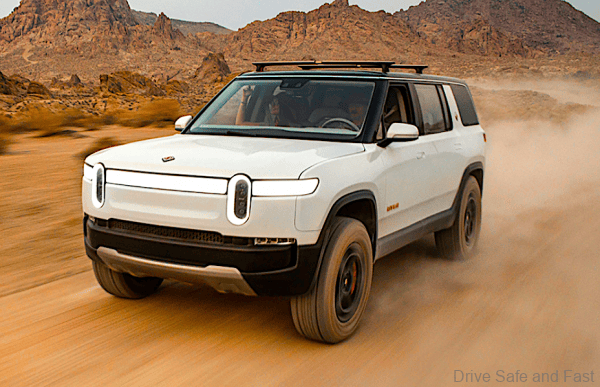Huge Bets Continue With The Electric Vehicle Industry Overseas, NOT Malaysia.
Hundreds of billions of private dollars are being poured into the North American EV industry, and this on on top of Biden’s USD174 billion for subsidies and charging stations.
There is no stopping the surge. Meanwhile, in Malaysia, some are ‘dreaming of building their own electric car to compete with the global automotive giants when we all know that this is the best way to get government grants to line their pockets.

Our automotive agency and its related Ministry talks about investment in technology, investment in people, transfer technology and some other non automotive industry investments when the focus should be in the electric vehicle eco-system that will be needed to ‘drive’ electric vehicle ownership and mass adoption in coming years.
It is clear that the above is all for some ‘quick bucks’ to be extracted from the diminishing government funds and not for expansion of our automotive industry.

Think about it. Even our Malaysian automotive brands, Perodua and Proton are not moving into electric powertrains and ‘you’ want to build an electric car?
Meanwhile, the biggest electric vehicles brands are still finding their way around reliability as recalls are done by Tesla and more recently Porsche for its amazing Taycan super sedan.

PRESS RELEASE: General Motors is investing $27 billion in EVs over the next five years. It used the last Superbowl game for its breakout. Now, it’s mainstreaming them as the all-American car choice.
Ford is doubling its investment in EVs to $22 billion, and they’re planning to release their electric version of the Mustang and the F-150, the most popular vehicle in the U.S. Amazon dumped $700 million into EV startup Rivian, and as of January, it’s managed to boost its funding haul to $8 billion.
United Airlines placed an incredible $1 billion order with EV manufacturer, Archer, for a fleet of electric air taxis. And Tesla’s recent earnings report blew the roof off the electric house, with car deliveries doubling in early 2021.

In a 12-month period …Blink Charging is up more than 1,509%. Blink Charging (BLNK) is an energy storage company with a focus on developing and deploying smart, flexible, cost-effective batteries to the grid. They are currently working on their first project in Southern California where they provide all-electric utility transportation services for the City of San Diego. Blink’s goal is to create a more sustainable world by providing clean, reliable power for everyone.
And it’s paying off. Blink has risen by over 1500% since this time last year. And the sky is the limit for this up-and-comer. A wave of new deals, including a collaboration with EnerSys to deploy electric vehicles and charging stations adds further support.
Chinese Nio has gained 657%…General Motors, whose stock couldn’t make a move at all prior to its EV push, has gained 94%. Nio Inc. (NIO) is a Chinese electric vehicle company that was founded in November 2016 by William Li, the CEO of Bitauto and founder of Beijing Automotive Group.
In September 2018 they launched their first product, ES8 which is an all-electric SUV with a range of 480 kilometers (300 miles) on a single charge. And the year after, they finally went public.
Nio’s debut on public markets wasn’t as exciting as many had hoped for, however. In fact, the company struggled to bat away short sellers and naysayers until 2020. But after reporting a record number of deliveries, launching its revolutionary “Battery-as-a-service” platform, and a multi-billion-dollar bump from Chinese investors, the company’s stock price skyrocketed by 1604%, starting off the year at $59 per share, before falling back to earth and settling at its current price of $42.10.
Now, it’s time to look for the next EV tie-in play.
Reinventing The Standard Model
EV demand is soaring and looks unstoppable. By mid-decade, it’s forecast we’ll have the choice of more than 400 EV models. Forecasts say this could push EV sales to between six million and 11 million vehicles by 2025, rising to between 11 million and 19 million units a year by 2030.